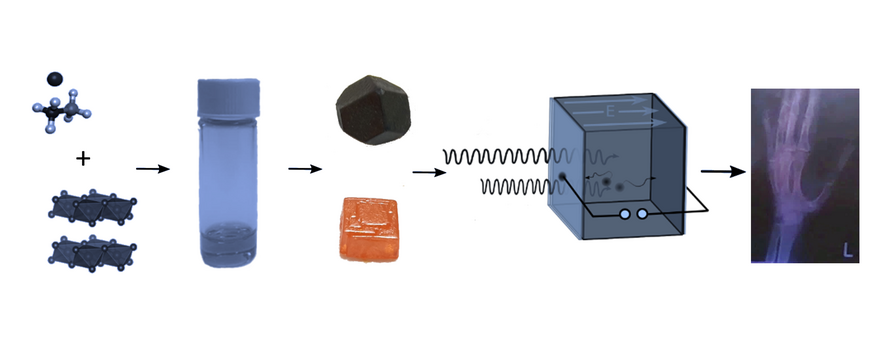Radiation Detectors for Medical Imaging
Featuring high average atomic numbers (Z) and thus high stopping powers for γ- and X-Rays, halide based perovskites, rudorffites and double perovskites promise next-generation radiation detectors with high-sensitivity and high-spectroscopic resolution, suitable for dosimetry in radiation therapy & oncology, but also medical imaging and medical diagnostics that work with much lower doses. Computed X-Ray Tomography (X-Ray CT) scans, for example, provide rapid high-resolution data of various bodily structures, but require 100-1000 times higher X-Ray doses than traditional X-Ray imaging. Although this knowingly increases cancer risks, the use of X-Ray CTs has grown exponentially over the past decades, illustrating the societal importance and the need for next-generation detector materials. Improved radiation detectors will further lead to advancements in radioastronomy and X-Ray based characterization techniques, spanning from diffraction to imaging.
To develop novel novel direct radiation detectors with high sensitivities and high energy resolution we grow defect-free single crystals from solution and optimize their bulk and surfaces. Besides their performance and sensitivity, we focus on the stability and their tolerance to radiation.

